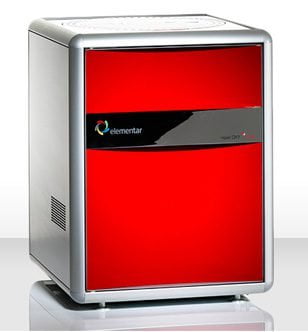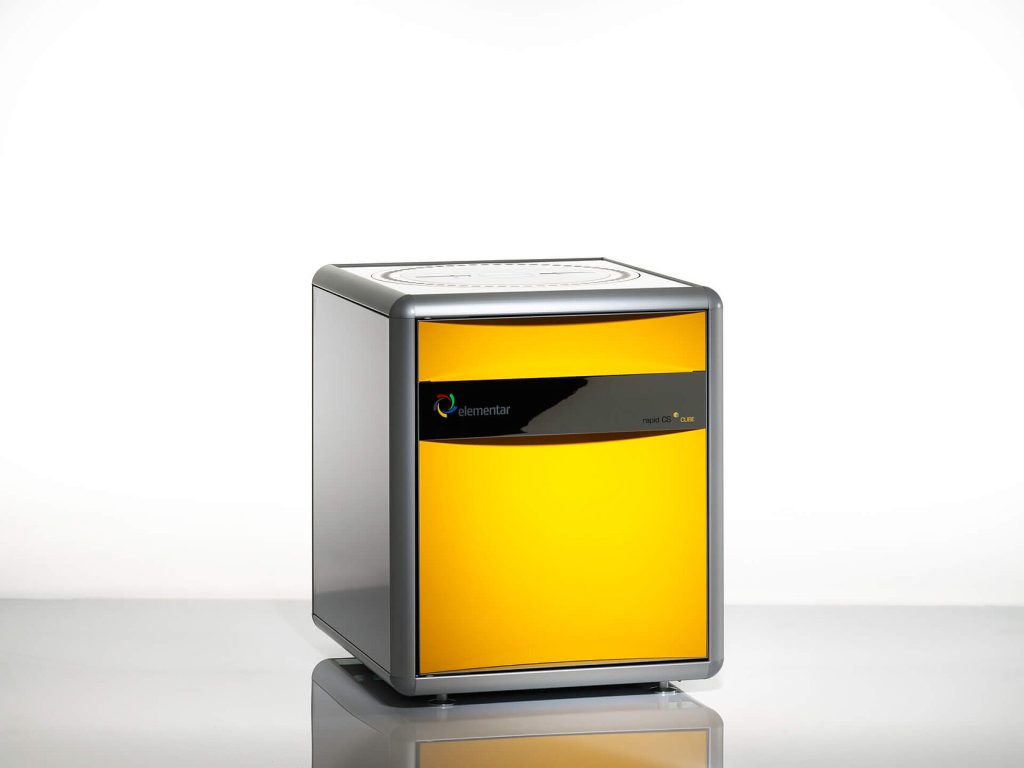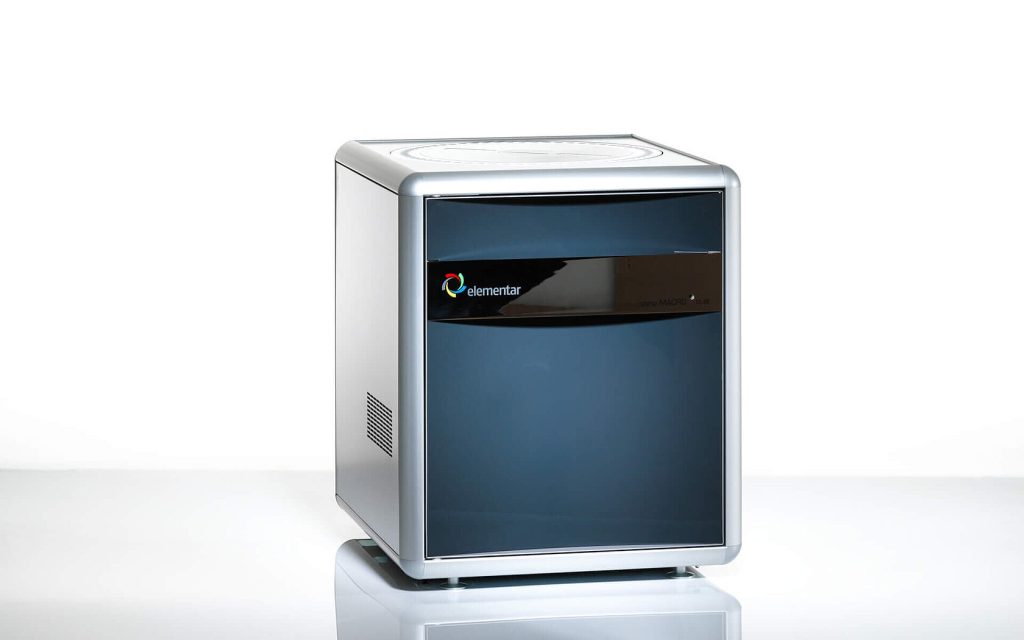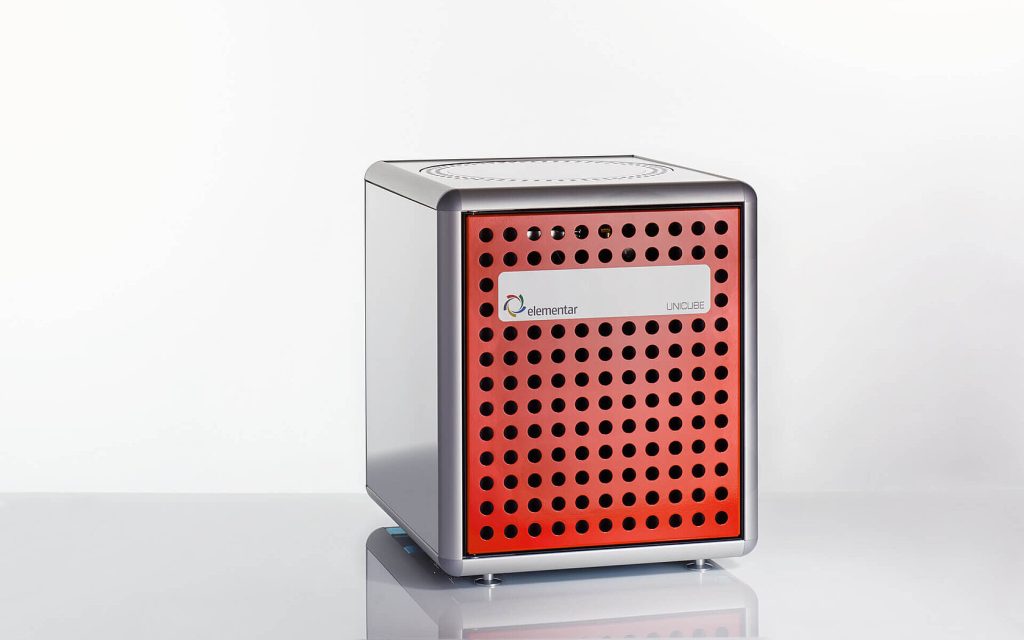High-quality, high-temperature oxygen analysis
The rapid OXY cube is a newly developed oxygen analyzer from Elementar that provides highly precise, matrix-independent oxygen concentration measurements. Oxygen analysis using pyrolytic conversion can require a lot of demands, with temperatures up to 1,450°C. It ensures accurate, reliable, and matrix-independent results.
The rapid OXY cube meets these demands by achieving full conversion of sample oxygen into carbon monoxide.
It digests even persistent organic substances and most inorganic materials, ensuring matrix-independent results. Additionally, the innovative backflush technology guarantees blank-free measurements, even with the most challenging samples.
Specifications of the oxygen analyzer:
Low instrument background:
Thanks to its innovative reactor design and fully separated gas flows, the rapid OXY cube achieves an exceptionally low background signal.
Purge and trap chromatography
Separation of carbon monoxide on a specific column for perfect separation without peak overlap, and automatic optimization of the analysis time.
Backflush technology:
Carbon monoxide is separated on a dedicated column, ensuring perfect separation without peak overlap. The rapid OXY cube automatically optimizes the analysis time.
Wide range of element concentrations:
From ppm to 100% or 6 mg O absolute.
Multipoint calibration:
Offering matrix-independent stability for months at a time.
Clean, safe and fast:
Each analysis only takes a few minutes and uses helium carrier gas, with no aggressive or toxic chemicals needed.
Easy installation requirements:
The rapid OXY cube takes up just 48 × 55 cm of benchtop space and operates with a single power connection and a helium gas supply, providing long-lasting, maintenance-free operation.
Automated analysis:
The integrated sample feeder holds up to 120 samples, with all processes controlled and evaluated through a Windows PC.
PC-based instrumentation control:
Full digitalization of the rapid OXY cube enables remote operation from a standard PC. This ensures perfect results even with unknown or highly variable sample matrices. 21 CFR part 11 functionality is also available.




